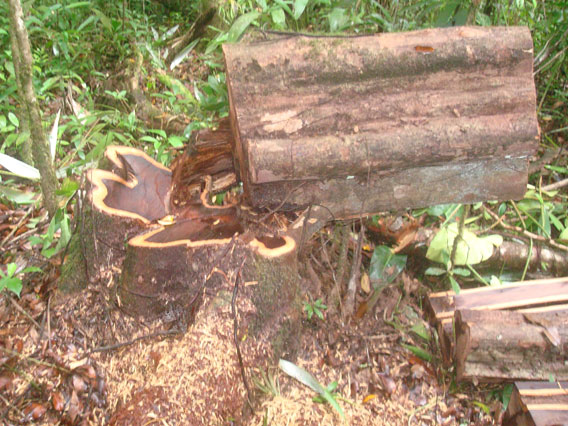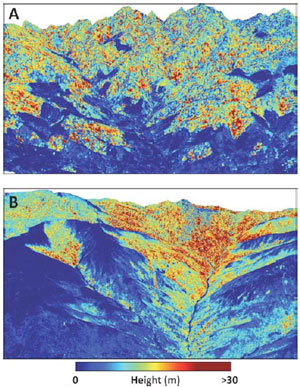The Swamp Man
 May 1, 2012, www.sierraclub.org | “Dean Wilson survived in southern Louisiana’s Atchafalaya Basin for months by catching swamp critters for food, but this rugged outdoorsman has a soft spot for trees.
May 1, 2012, www.sierraclub.org | “Dean Wilson survived in southern Louisiana’s Atchafalaya Basin for months by catching swamp critters for food, but this rugged outdoorsman has a soft spot for trees.
When he found out that loggers were clear-cutting thousands of acres of cypress trees to make mulch for flower gardens, he says, that was the last straw.”
“Dean Wilson survived in southern Louisiana’s Atchafalaya Basin for months by catching swamp critters for food, but this rugged outdoorsman has a soft spot for trees.When he found out that loggers were clear-cutting thousands of acres of cypress trees to make mulch for flower gardens, he says, that was the last straw.”The bald cypress of southern Louisiana is resilient and rot-resistant—and so is Dean Wilson, its most ardent defender




 news.mongabay.com, 2/15/12
news.mongabay.com, 2/15/12
Recent Comments